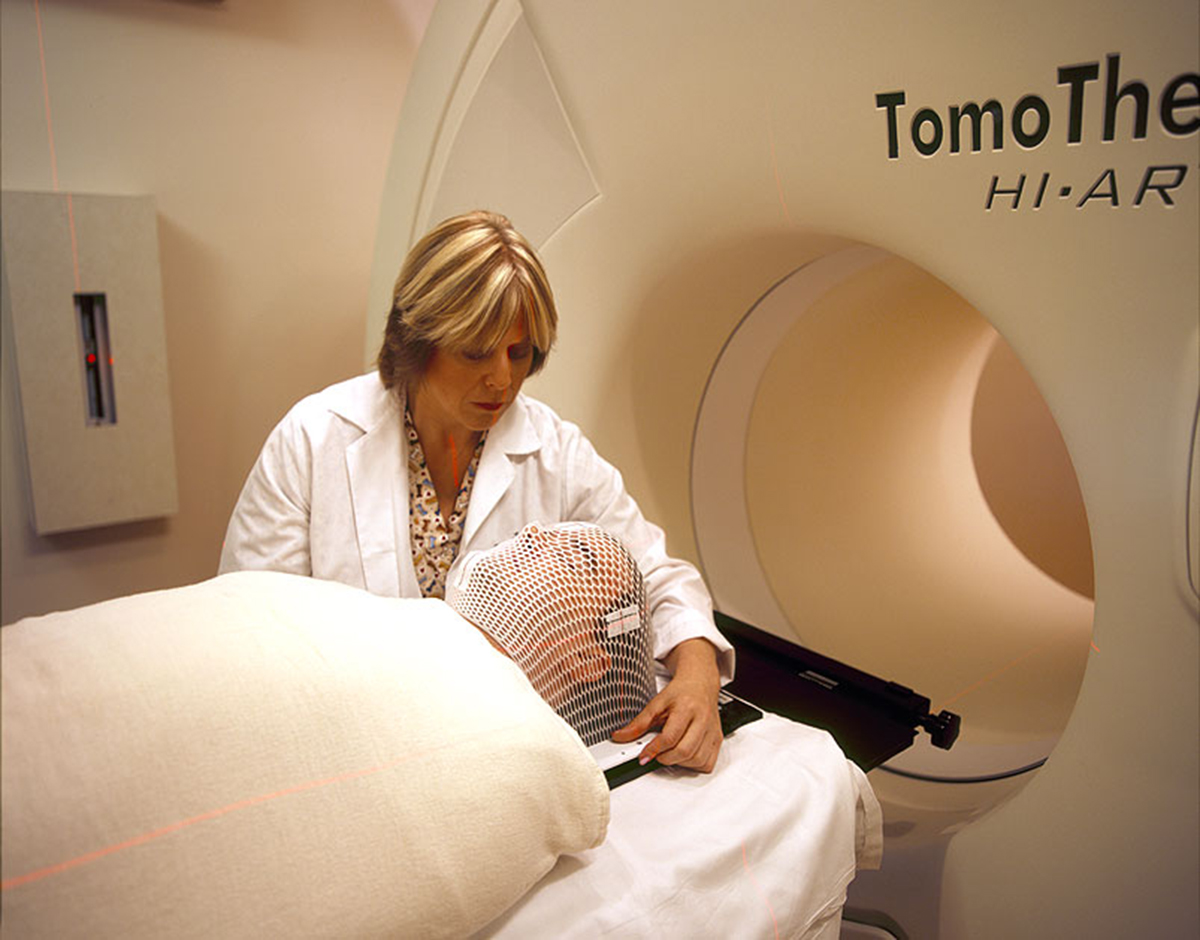
Today in the era of modern science and new treatment modalities many medical experts simply forget how old techniques may be as efficient as some of various new approaches. In psychiatry, for instance, doctors may choose among many medications. Still, some mental illnesses may fail to respond well to drugs. In this case there is one more option known as electroconvulsive therapy.
What is Electroconvulsive Therapy?
Electroconvulsive therapy (ECT) is a specific treatment modality that comprises artificially induced seizures in anesthetized patients. Therapeutic effects are achieved by changes in electrical transmission in the brain. This procedures is also known as electroshock therapy, although this name is not widely used.
By deliberately inducing brief seizures the brain chemistry seems to change in such a way to immediately reverse symptoms of some mental illnesses. In the majority of cases electroconvulsive therapy is indicated only when other approaches fail to help patients i.e. when their symptoms persist in spite of all the available conservative treatments.
Initially electroconvulsive therapy was aggressive and relentless. The doses were rather high and the electrical currents were administered without anesthesia. As a result patients used to experience fractures, suffered from memory loss and many additional health issues. Today, fortunately, the treatment is modified in such way to be safe for patients but still efficient against the disease. Electrical currents are administered in strictly controlled settings.
The goal of the treatment is to trigger a therapeutic clonic seizures which are supposed to last for at least 15 seconds. As for the mechanism of action of electroconvulsive therapy, it still remains a mystery. Even though scientists have been trying to estimate how the brain responds to external electrical currents this is hard to achieve because there is no way for the brain to be studied directly before and after electroconvulsive therapy. So, in an attempt to explore the brain's response to external electrical currents scientist rely on animal models.
In spite of all the precautionary measures there are potential side effects associated with the procedure.
Firstly, there is confusion. It occurs immediately after the treatment and lasts for a different period of time, varying from patient to patient, up to several hours. Most patients briefly lose their spatial and time orientation. In rare instances confusion might linger for a few days and predominantly affects older patients.
Secondly, memory loss is one more rather serious side effect of electroconvulsive therapy. Memory can be affected in different ways. For example, some patients find it hard to remember events that have taken place before the treatment. This is a so called retrograde amnesia. It is also possible to forget things and events that take place after the very treatment. This type of memory loss, fortunately, improves after several months.
Furthermore, electroconvulsive treatment is associated with physical side effects including nausea, vomiting, headaches and muscle aches. Muscle spasms occur as well. With proper drugs these side effects are successfully evaded.
And finally, the treatment per se precipitates an increase in blood pressure and heart rate. These two body responses may be well tolerated in healthy individuals but if there are patients with heart condition they should be thoroughly examined prior to the treatment because they may experience more complex side effects once the therapy starts.
How to Prepare for Electroconvulsive Therapy?
Practically all patients who are indicated electroconvulsive therapy first undergo a complete, thorough physical examination. Consultation with an anesthesiologist also plays a vital role in the evaluation because of potential side effects of anesthesia, especially in susceptible individuals or those allergic to certain medications.
When deciding whether the patient is a suitable candidate for this treatment modality doctors take into consideration his/her medical history, a physical exam, laboratory tests (e.g. blood tests) and they also perform an electrocardiogram which gives insight in the function of the heart and may easily confirm/rule out damage to the heart muscle.
Because of dreadful reputation electroconvulsive therapy had before, it is best to inform patients about the procedure and make them feel safe. The procedure takes only 10-15 minutes. It is performed on both hospitalized patients and on an outpatient basis. General anesthesia is a must.
There is no specific preparation. Patients are fully inform for how many hours prior to the procedure to avoid food and fluids.
Immediately prior to the therapy, patients undergo a brief physical exam, their blood pressure and heart rate are measured and they are inserted an intravenous catheter through which medications and fluids are administered. It is also crucial to monitor heart function, blood pressure and oxygen saturation and administer oxygen via an oxygen mask, if necessary.
Electrode pads are placed on the patient's head. The location of these pads depends on whether the electrical current is supposed to affect only one brain hemisphere or both.
Thanks to anesthesia and muscle relaxants patients remain unconscious being completely unaware of seizures. The brain's activity shows drastic changes. They are recorded by electroencephalogram. After the treatment, patients soon regain consciousness but may feel a bit confused. The doctor decides how many sessions per week are sufficient enough and how many therapies in general are necessary for symptoms to be brought under control.



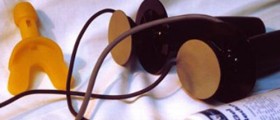
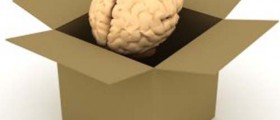










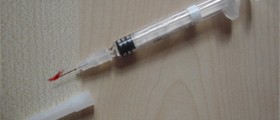
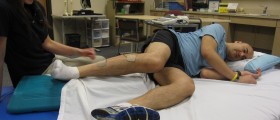
Your thoughts on this
Loading...